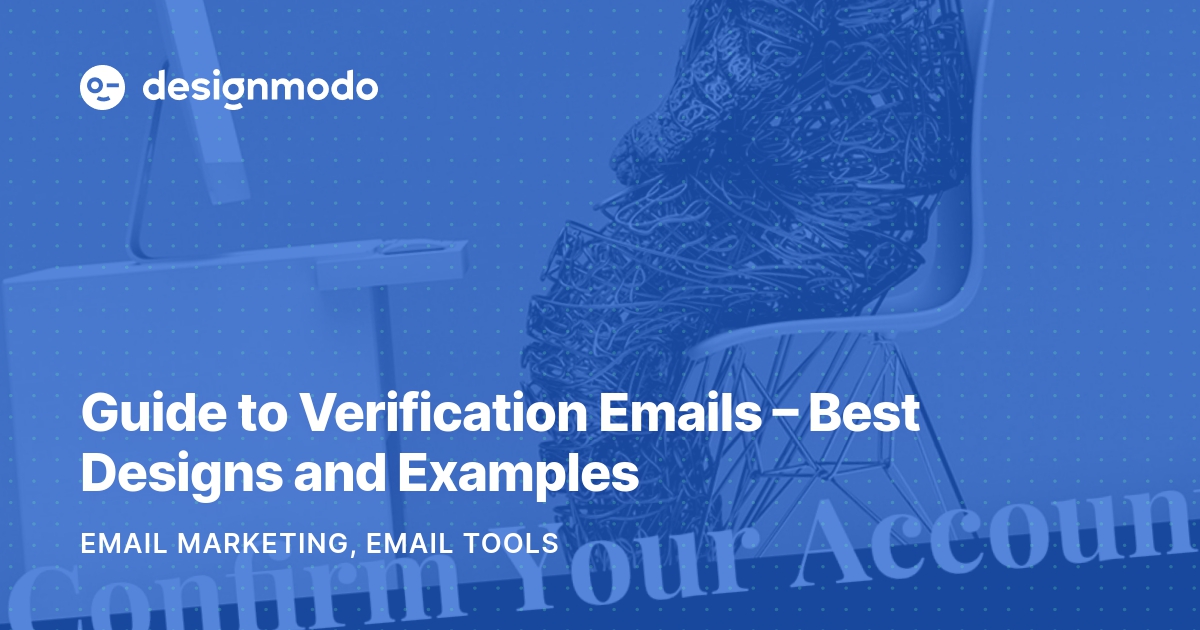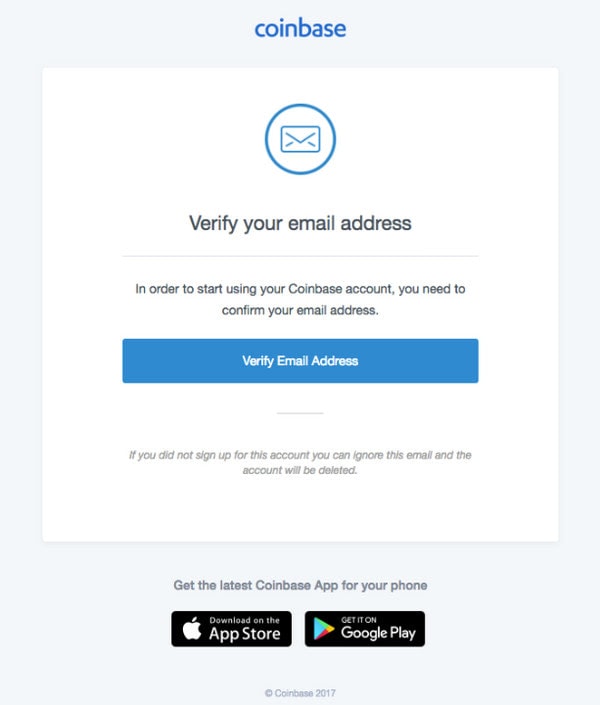
Email validation scares entrepreneurs away since it sounds like a thing that needs extraordinary technical skills. That is not entirely true. Even though it is a complex mechanism that includes a series of sophisticated tests and algorithms, it is straightforward within most platforms.
Validating email offers many significant advantages for your brand and marketing. It saves you from penalties and, most importantly, from invalid users in your mailing list. According to recent studies, those who ignore sending verification emails to their newcomers end up with 20% of garbage on the subscription list. This results in high hard and soft bounce rates and a significant spam complaint level that entirely ruin the sender’s reputation.
To make matters worse, you cannot avoid this since people make mistakes all the time: typos happen 2 times in 10, plus almost 20% of users do not leave their real email addresses on purpose. The new email address in your subscription list isn’t necessarily a real subscriber. You need the extra layer of security that email validation provides.
Let us break down email validation and verification emails into essentials so that you can get a good idea of what they are, why do you need them, and how to nail them to avoid the harmful consequences of invalid email addresses in your subscription list.
Verification Email Essentials
Before diving into what verification email is, it is vital to know basic email authentication principles.
How Does Email Verification Work?
The original SMTP has no such feature as email validation; therefore, users often become subjects to email spoofing, phishing, email spam, and various types of fraud. To stop this madness, email authentication techniques have been developed.
Online Email Template Builder
With Postcards you can create and edit email templates online without any coding skills! Includes more than 100 components to help you create custom emails templates faster than ever before.
Email verification, or in other words, email validation or email authentication, is a process of verifying an email address through a collection of techniques. Its task is to provide verifiable information about an email message’s origin and define whether an email address is deliverable and valid. After complex tests, it grants an email address with a mark that indicates its safety and validness so that you can decide what to do with it next. There are three types of marks:
- Valid email address: As the nameplate states, this email is safe: it is error-free and exists. Therefore, you can add it to your subscription list, or if it is already inside, you can leave it as it is.
- Risky email address: This one is a bit tricky since there is no exact answer to whether you should delete it from the subscription list right away or still use it at your own risk. All you know is that this email address exists. However, the machine (that has checked it) considers it “grey” since there is a high risk of bouncing due to other factors.
- Invalid address: The address may be flagged as invalid due to such reasons as syntax errors, DNS errors, mailbox errors, and some others. However, whatever stands behind this mark, you should avoid such email addresses at any cost. If you find them in your subscription list, delete them immediately since they can do much harm to your sender’s reputation.
The email verification process is multistage. Everything begins with email validation on your website (quite often in subscription form). Using various scripts on both the client and server sides and the magic of regular expressions, the validation mechanism ensures that the email address is formatted correctly: there are no syntax errors that is the number one problem in this area.
After that, the validation mechanism needs to verify your email through email verification services. At a minimum, it will check:
- The email address to ensure it is not a spam trap
- DNS records to make sure that it is correct and registered
- The mailbox to ensure it exists and can receive messages
Email validation takes extra time and particular attention from your side, even when you use professional tools. However, it needs to be done since it is crucial for your business. Whatever niche you are working, whatever budget you have, and whatever mission you pursue, email verification is obligatory since it directly affects the deliverability rate and your email sender karma. Let us consider other reasons for email validation’s importance.

Two-Step Verification Levi Doherty
Why Email Verification Matters
Email validation matters because email addresses become invalid or simply stop working, turning into the garbage inside your precious mailing list all of a sudden. According to stats, more than 20% of email addresses become invalid each year.
- The person changed email address or email provider. This is one of the most common scenarios. To make matters worse, the old email may still exist, but the person does not use it, which results in bouncing and low open rates.
- The person changed jobs or positions in the company; therefore, his or her email address has got a new format.
- Domain or email provider is temporarily dead. This is the most common technical problem.
- The server is out of reach. Again, this is a common problem.
You can never be sure that the email address is valid. Although it is not your fault in most cases, however, every invalid email address brings some harmful consequences that you need to face efficiently to avoid fiasco in your email marketing campaign. It is crucial to verify emails regularly and use tools that support different verification methods to maintain your subscription list clean and healthy and fight new threats.
Regular email verification improves the deliverability rate and ensures you do not compromise the sender score. The latter is a massive thing in the digital marketing universe. This simple factor helps ISPs determine if you are worthy of the inbox or if you should be flagged as spam.
The higher score you have, the better chance you reach your audience. A high deliverability rate is directly related to open rates, indirectly related to click-through rates, and directly translates to ROI. To find out more about this crucial factor and how to nail it, check out our Guide to Email Deliverability: Best Practices and Tools to Avoid Spam Folders.
Along with that, there are some more valid reasons why email verification matters:
- It underlies a good foundation for high conversion rates.
- It keeps your subscription list clean and healthy.
- It instills trust in your IP and sender name.
- It ensures better performance.
- It boosts productivity in your marketing efforts.
- It engages with your customers and helps them succeed.
- It reduces the risks of being placed on blacklists.
- It reduces spam complaints.
- It saves money by reducing the budget on maintaining invalid email addresses.
- It makes a good first impression, indirectly paving the way for such crucial digital newsletter campaigns as Welcome Emails and Onboard Emails, laying the first solid brick in their success.
Email validation matters and is increasingly important. It is a multistage process filled with all sorts of checks. However, that is not all. For all those who collect subscribers and intend to run email marketing campaigns regularly relying on their subscription list enormously, there is one extra stage in the email validation process that should be done – sending out a verification email.
Email validation and verification email are often used interchangeably. However, they are not synonyms, though they certainly relate to each other.
As we have already known, email validation is a set of techniques that checks email addresses to define whether it is a valid candidate for your email marketing campaign, but what is a verification email?

Current Statistics about Email Spam by Dataport
What is Verification Email?
A verification email is a kind of a transactional email sent to a user after he or she left an email address on your website or landing page. Although it is generated automatically, it has a serious mission. Its prime task is to ask new subscribers to confirm their email addresses manually and give their consent to be added to the subscription list once again. There are several spheres of its usage.
It is used in double registration, a process when a user signs up for your platform or an email marketing list but still needs to acknowledge their decision by clicking on a link sent in a special confirmation email.
Some believe that this process may scare away prospects since they do not like to take extra steps. Nevertheless, the advantages of adopting this mechanism (e.g., it ensures you have a clean list of high-quality subscribers who genuinely wanted to keep up with your brand) outweigh cons and general concerns.
Besides, double opt-in has become pretty common.
It is used in some middle-stage processes during the user’s lifecycle in your platform. Cmpanies send verification emails when:
- They have a security leak
- They have suspicions about the user’s account
- They have changed the company’s privacy policy or edited some vital information in Terms and Conditions
- They need confirmation of profile update
Whatever the situation is, it is crucial to send a verification email to ensure that everything is fine.
Benefits of Verification Emails
The benefits of using verification emails are obvious and often similar to those we have listed for the email authentication. However, some other good advantages from a marketing perspective prove to everyone that verification email is worth investment.
- It builds trust and loyalty.
- It builds brand awareness.
- It creates proper anticipation.
- It sets the right expectations.
- It keeps interest alive by reminding users of what they will get in their subscription or registration.
- It can be used as a cross-sell and upsell if this verification email is sent to newly registered customers who put goods in the shopping cart.
- It can be used as a Re-engagement Email to remind about the product left in the shopping cart.
- It can be used as a nurture email to offer your subscribers a discount or some kind of shopping incentive that may serve as an extra boost to finalize the deal.
- It can be used to gain feedback and insight into customer satisfaction.
- It can provide extra information about your brand to make customers feel like a member of an exclusive club, thereby building loyalty.
- It can be used to generate traffic by offering some valuable material with backlinks.
- It can be a purely informative piece that includes valuable data for users like delivery times and dates, returns information, and support details that increase loyalty to the brand and build brand evangelists.

Verification Email from Coinbase
When to Send Verification Email
Let us define several popular scenarios when it is highly recommended to send a verification email.
- The first situation is registration to your platform. Double opt-in is a widespread mechanism; everyone knows about it. It simply cannot do without a well-done verification email.
- The second situation is signing up to your subscription list. It can be a simple appeal in your footer or a pop-up window that appears right after the user starts to scroll down. Entrepreneurs often ask their new customers to get into a subscription list in exchange for exclusive deals, freebies, or access to private content or gated part of the platform.
It is here where you need to be persistent with validation. In double registration, users are more willing to confirm their emails since they require access to your platform. When it comes to signing up for a mailing list, visitors can doubt whether they are ready to dedicate more time to your company. Though, it does not mean that verification emails will scare them…
